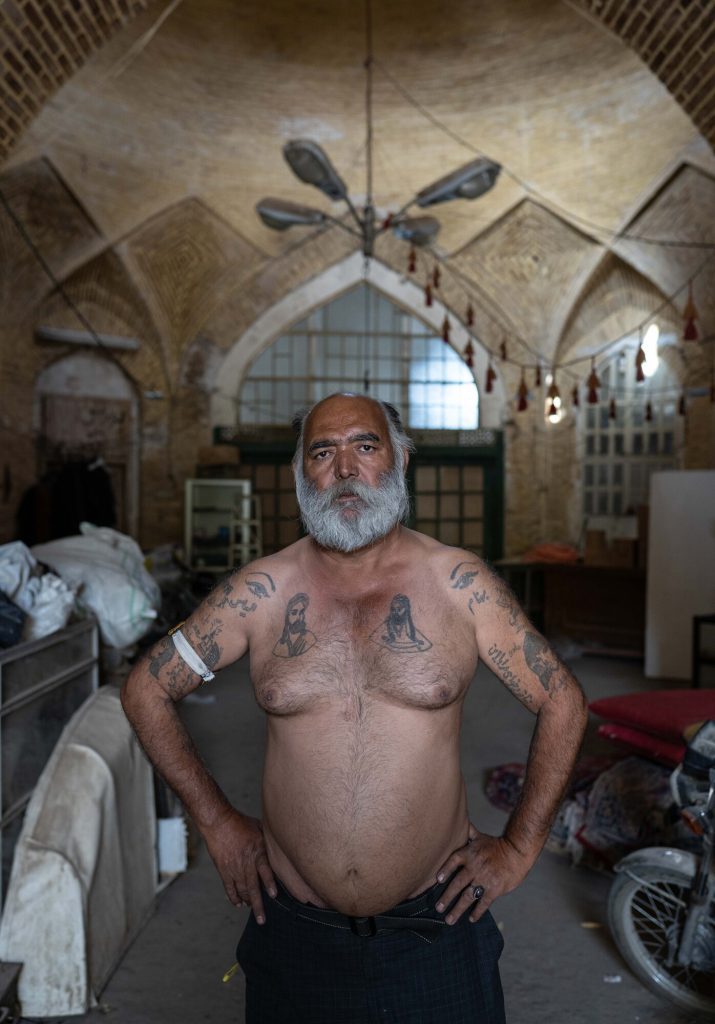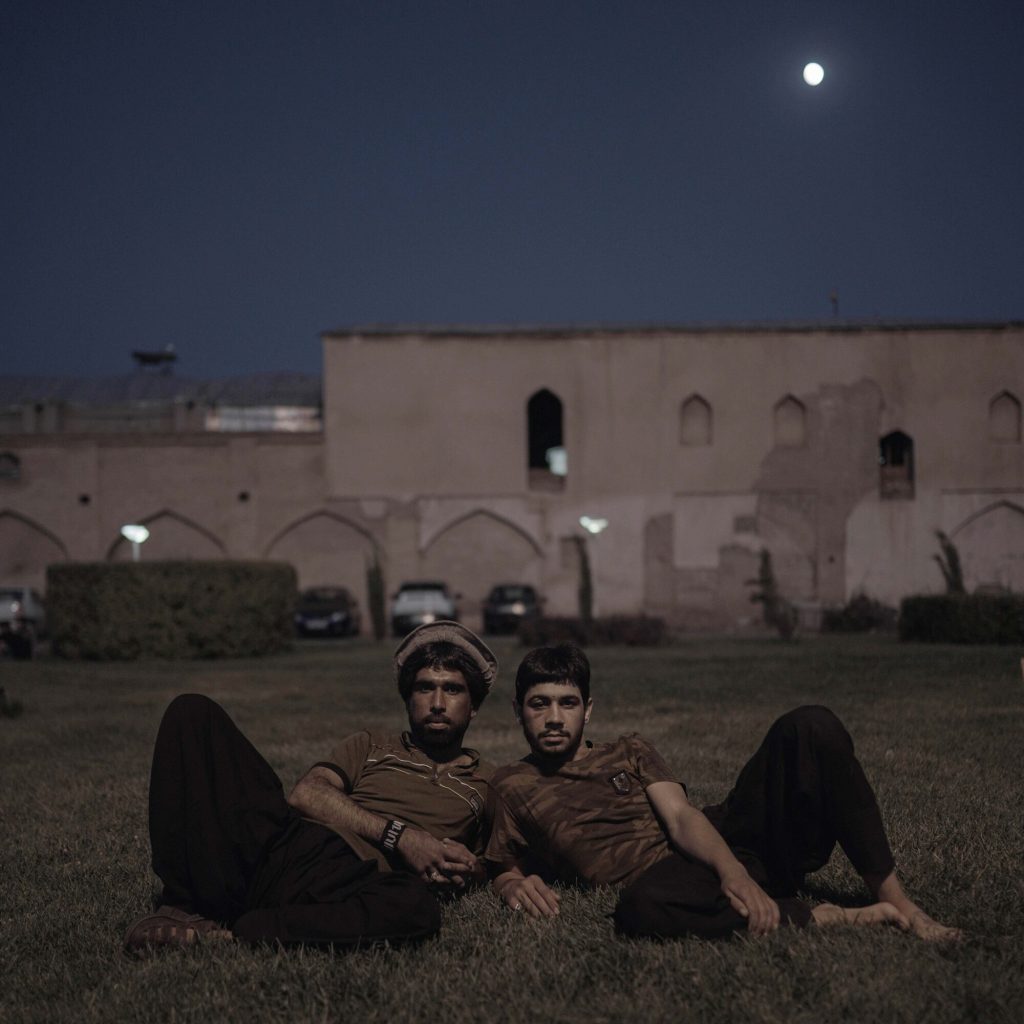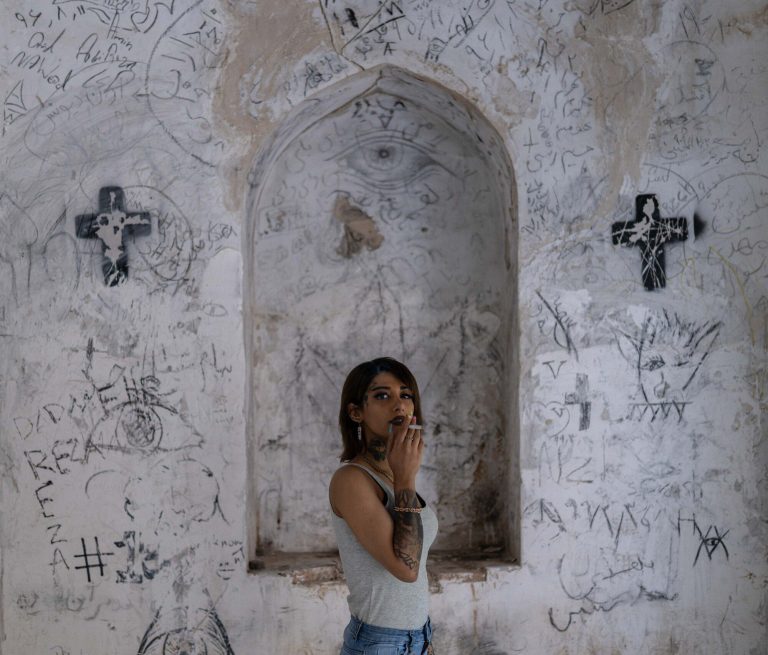

Shayan Sajadian’s work isn’t just about taking pictures – it’s about revealing the raw, untold stories of Iran’s overlooked communities. From his early days as an architecture student in Shiraz to becoming one of the country’s most compelling photographers, Sajadian’s intimate portraits confront societal stereotypes and political barriers. Now Sajadian shares with hube how his art became his tool for rebellion and how photography continues to be a vital means of resistance in today’s Iran.
hube: You initially studied architecture before turning to photography. How has your background in architecture influenced the way you frame and compose your photographs?
Shayan Sajadian: Shiraz, the city where I live, has many old neighbourhoods and historical buildings, most of which are in poorer areas. I try to show the people and their lives alongside these places. I certainly pay attention to the architecture of the buildings and urban spaces in the background of the people, places that, like the people, are deteriorating and falling apart.
h: Your work focuses on marginalised communities in Iran. What drew you to these subjects, and how do you build trust with individuals who might otherwise be hesitant to be photographed?
SS: My mother has always been afraid that her children would become addicted and lose their lives, which is why she always kept control over us. Her father had lost everything due to addiction, and my mother had many bad memories from her childhood. This led me to live in the controlled world she had created. I had only seen the affluent side of society and my city until I became a university student and gained more freedom. For our studies, we had to visit old neighbourhoods, and at that time, I had just bought a camera. That’s when everything started. It opened up a strange, unknown world that I had never seen before. The camera became an excuse to explore and observe more, to the point that now, I can’t let go of it.
h: In your series featuring men with tattoos, you’ve captured a side of Iranian masculinity that contrasts with mainstream depictions. How do you challenge societal perceptions through these intimate portrayals?
SS: Iranian society is a patriarchal one, and this patriarchy takes different forms across various social strata. Sometimes, they are men who have tattooed the image or name of their lover, mother, or loved ones on their bodies. Some have a poem tattooed on them, or images of myths and characters from Iranian stories and legends. I try to capture a sense of tenderness, pain, or some kind of vulnerability within this masculinity. In a way, you might see a strong and tough man on the surface, but I believe in the photos, you can also see helplessness, pain, love, and more.

